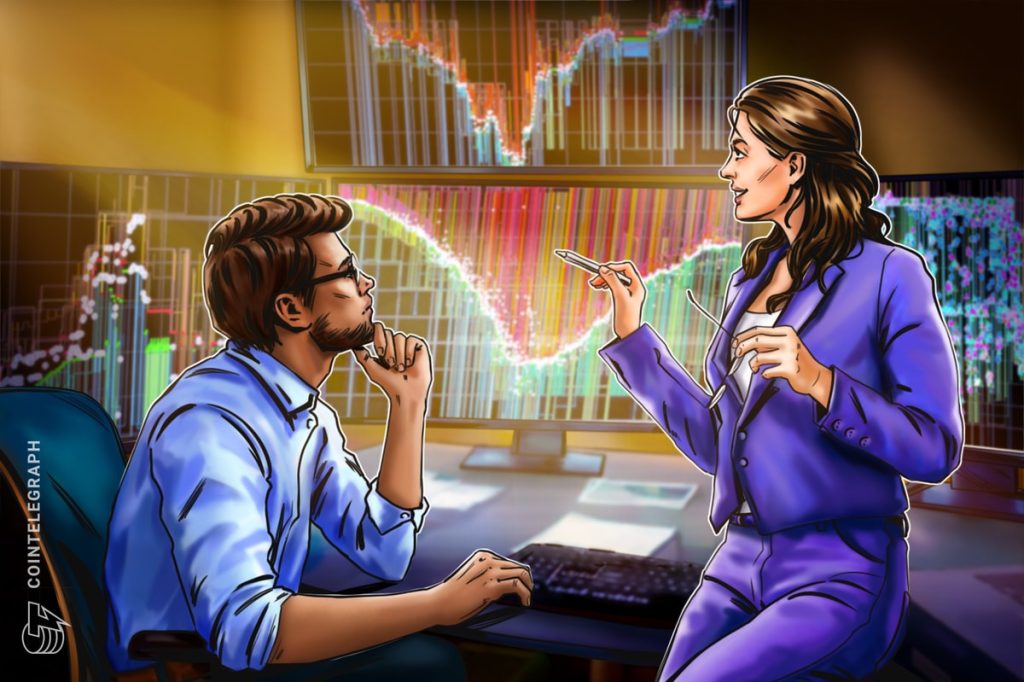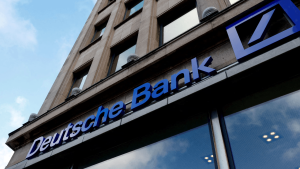Primary vs. secondary markets: Key differences

Stock and crypto markets are essential components of the global financial system. These markets provide a platform for investors to buy and sell financial assets, which helps companies raise capital for investment and growth. Moreover, the stock and crypto markets play a crucial role in determining the value of an asset. The market price of a stock or cryptocurrency reflects the collective sentiment of investors about its prospects, which can impact its future growth potential.
Lastly, the stock and crypto markets can be used as indicators of broader economic trends and sentiments. For instance, swings in the stock market can indicate changes in investor perceptions of the health of the economy, whereas moves in the cryptocurrency market can be caused by changes in the law, developments in technology or changes in consumer tastes. Investors can learn more about the state of the economy, potential hazards and investment possibilities by keeping an eye on these markets.
Types of markets
The primary market and the secondary market are the two main categories of markets.
Companies first offer new securities to the public on the primary market, including stocks, bonds and other financial instruments. The primary market’s goal is to help the issuer, whether it be a business, a governmental body or another group, raise money. These securities can be bought directly from the issuer by investors, with the money going to the issuer.
On the other hand, previously issued securities are traded between investors on the secondary market. Instead of purchasing securities directly from the issuer, investors buy and sell securities that have already been issued in this market. The secondary market provides liquidity to investors, allowing them to buy and sell securities quickly and easily. This market is also important for price discovery, as the price of a security is determined by supply and demand factors.
In the cryptocurrency world, the primary market is where new tokens or coins are first offered to the public through initial coin offerings (ICOs) or initial exchange offerings (IEOs). The secondary market, on the other hand, is where previously issued cryptocurrencies are traded among investors. An example of the secondary market in crypto is the cryptocurrency exchange Binance, where investors can buy and sell various cryptocurrencies, such as Bitcoin (BTC), Ether (ETH) and others.
Buying and Selling
NFTs can be traded at a fixed price or through an auction.
Trading of NFTs always happens in 2 markets; the primary market (minting website) and the secondary market (NFTs marketplace).
— Henry Imani (@henryimani_) January 13, 2022
Related: Fundraising 101: A beginners guide on raising funds using cryptocurrencies
Primary vs. secondary markets
There are several key differences between primary and secondary markets.
Purpose
The primary market is where new securities are issued for the first time, while the secondary market is where previously issued securities are traded between investors.
Issuer
In the primary market, securities are issued directly by the issuer, whether it’s a company, government entity or other organization. In the secondary market, investors trade securities among themselves without involvement from the issuer.
Pricing
On the primary market, the price of a security is typically set by the issuer, based on factors such as market demand, supply and the company’s financials. On the secondary market, the price of a security is determined by supply and demand factors, with investors buying and selling based on their own perceptions of the value of the security.
Risk
The primary market carries a higher risk for investors, as the securities being issued are new and have not yet been tested in the market. In contrast, the secondary market carries a lower risk, as investors can evaluate the performance and stability of the security before deciding to buy or sell.
Related: The NFT marketplace: How to buy and sell nonfungible tokens
Volume
The primary market typically has a lower trading volume compared to the secondary market, as securities are issued on a limited basis. The secondary market, on the other hand, has a high trading volume, as investors buy and sell securities on a daily basis.
Liquidity
The primary market has limited liquidity, as investors cannot easily sell newly issued securities until they are listed on the secondary market. In contrast, the secondary market is highly liquid, as investors can buy and sell securities on an ongoing basis.
Timeframe
The primary market is generally open for a limited period of time, as securities are issued on a specific date or over a limited period. The secondary market, on the other hand, is open continuously, allowing investors to buy and sell securities at any time.















